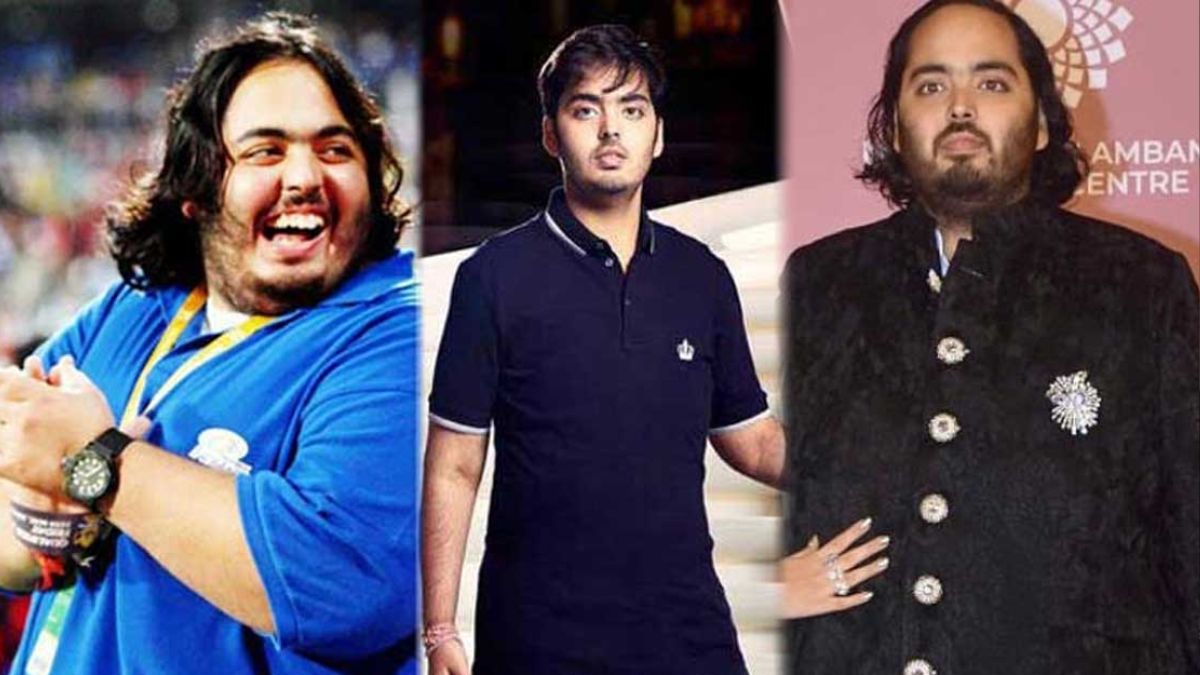SPOILERS AHEAD.
Once Upon A Time in Hollywood rewrites the real-life victimhood of Sharon Tate. Then, it treats her like the victim of a true crime tale.
Quentin Tarantino’s newest film is an ode to ’60s Hollywood. And while the story’s focus is on fading star Rick Dalton (Leonardo DiCaprio) and his stunt double-turned-man Friday Cliff Booth (Brad Pitt), it is set in the same timeline and location as the shocking murder of actress Sharon Tate.
Tate was eight-and-a-half months pregnant when she was murdered by three members of the “Manson Family” — a cult headed by the notorious Charles Manson. Along with Tate, three of her house-guests, and a fifth person — a student who had been visiting the property — were also stabbed, shot or bludgeoned to death.
Tate’s husband, filmmaker Roman Polanski, was away in Europe working on a movie at the time.
In Once Upon A Time in Hollywood, Tate and Polanski’s home on Cielo Drive is right next to Dalton’s residence. And in Tarantino’s telling, it is Dalton who becomes the target for the three murderous cult members. Dalton, his new wife Francesca, Booth and his pet dog Brandy are all in the house when the Manson-ites break in — though the invaders are quickly (and gorily) overpowered.
In this revised narrative, Tate (as played by Margot Robbie) becomes a bystander to her own story, an incidental detail.
That wouldn’t be so bad in itself — who wouldn’t have wanted Tate’s real-life story to have a similarly happy-ish twist? — but the way in which Once Upon A Time in Hollywood depicts her makes any good intentions moot.
For Robbie’s Tate is treated exactly the way most victims at the centre of a true crime story are.
“Our culture is obsessed with beautiful dead girls,” an Irish Times headline declared last year, leading into a report that pointed out just how many true crime stories being made available to us as podcasts, TV series, or books, had female victims (usually, beautiful, young female victims) at their core.
Maybe it is because, as the report itself stated (quoting Edgar Alan Poe), “The death of a beautiful woman is unquestionably the most poetical topic in the world”. Maybe it is because death, decay, violence and rot are never thrown into starker contrast than when the person whom these have been perpetrated on is their exact opposite — youthful, fresh, vibrant, pleasing to the eye.
Or maybe, as with advertisements, stories with beautiful women — despite their morbid fates — draw more of our attention. Or maybe, it is as this The Cut report once noted: Research indicates that “we’re more likely to view them [beautiful people> as intelligent, healthy, and socially capable simply because they look good”, and we’d perceive a crime as being far more tragic if it were to have claimed as victim someone who seemingly had all these qualities (virtue by association).
True crime offerings, which have always had a wide audience (think Truman Capote’s Cold Blood), have exploded even more into our pop culture consciousness in recent times. (Tate’s murder and that of the Manson Family’s eight other victims have spawned several books — including the acclaimed Helter Skelter — and movies.) Some of it has to do with the popularity of the true crime podcast Serial, which had host Sarah Koenig reexamine the 1999 murder of Baltimore teen Hae Min Lee and the subsequent trial and incarceration of her high school boyfriend Adnan Syed.
Since Serial, there have been innumerable podcasts that have used a similar formula, TV series and documentaries based on both cold cases and re-enactments of solved crimes, and even mockumentaries satirising (Limetown) or lampooning ( American Vandal ) the obsession with true crime. The podcast S-Town subverted the true crime genre brilliantly, by reeling listeners in with the story of an alleged murder, before flipping the script to present a stunningly crafted tale of a stagnant small town in America and the complicated protagonist who resided here.
Read on Firstpost — True crime and punishment: How pop culture taps into our fascination for real-life cases
Many of these true crime stories have made justice their overt objective — either they take on cold cases where no suspect has ever been tried or sentenced, or those involving a seemingly wrongful conviction. The best among them highlight systemic injustices; or the attitudes, law enforcement loopholes or ineptitude that contributed to gross miscarriages of justice. But a majority of these offerings also have a certain voyeuristic, exploitative element to them that cannot be denied.
This work was made possible because someone died — usually a woman or several women, and usually in a horrible way. In most cases, they’re not even the focus of the work, the man (or men) who killed them are. Like Ted Bundy , for instance.
This may be a generalisation, but most of these true crime stories tell us little enough of these victims — little beyond that they were (again, generally speaking) young, and sweet, and loved.
Tarantino does something similar with Sharon Tate in Once Upon A Time in Hollywood. For vast swathes of time, we see her simply swaying to music, dancing, laughing, or engrossed in her own image on screen. She makes her husband happy, is the life and soul of her circle of friends, is helpful to hitch-hikers, sweet and un-starry with staff at a movie theatre, solicitous of her neighbour (Dalton) when he’s had a home invasion, and as a sop to perhaps indicate she also has a brain, has a brief stop-over at a bookstore.
Immediately after the bookstore scene, the camera follows her miniskirt as she walks to the theatre, and then we see a long glimpse of her feet perched un-selfconsciously on the back of a seat, as she watches her latest film. The way the camera zooms in on her face and on her body most times she is in the frame is unsettling, uncomfortable.
Maybe that’s Tarantino’s way of indicating the scrutiny Tate was subject to — as a strikingly attractive woman, and later, as a celebrity who met a terrible end, or whose widower would be embroiled in a rape case. One hopes that such was the nuance intended.
Of course, the film isn’t about Tate as a character or her life — even though it uses the exact circumstances surrounding her harrowing death for its climax, right down to what her would-be murderer declared on entering the house (“I’m the devil, and I’m here to do the devil’s business”) — so one doesn’t expect much by the way of dialogue or trajectory for Margot Robbie in the movie. However, the manner in which Tate has been thrust out of her own story, reduced to a bit player — as most female victims at the centre of true crime stories usually are — feels incredibly wrong.
Tate in Tarantino’s tale sure isn’t dead. The travesty is that all said and done, she’s pretty lifeless.


)




)
)
)
)
)
)
)
)